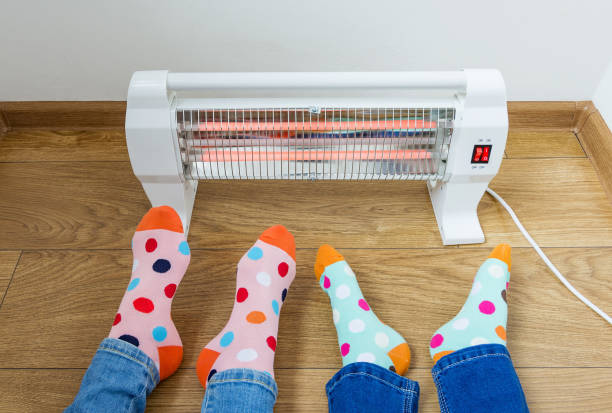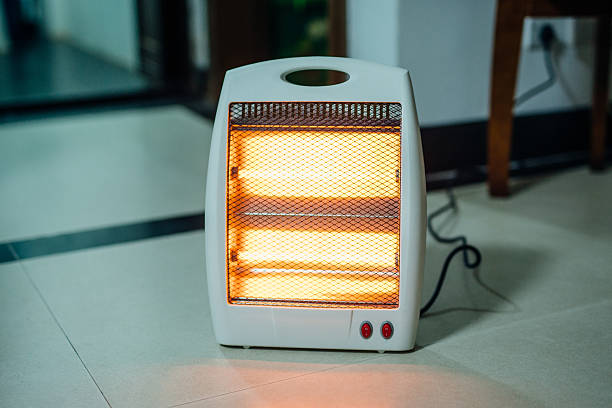
Infrared heating is a popular choice for many uses. There are a number of kinds of infrared radiant heating systems we have available, and they can work in a variety of environments - from yoga and residential to commercial use. Some work best with certain ceiling heights, while others vary in strength, and some are built to be exposed to the elements. The following are the 5 things you should consider when selecting the right infrared heater for your application
1. Functionality
Our American-made heaters are of the same quality of design, however they use different strategies for boosting their infrared heater. For example, infraredheatingsupplie heaters use a parabolic trough as a reflector to project the infrared. SolaRays utilize the pyrogel insulation (a form of aerogel that is used by NASA) which helps make the radiant heat radiate downwards through a ceiling. The heaters that make use of the CeramiCircuit elements have higher temperatures and can take up to 15 minutes to cool down (most often used to cool down to cool down during the hot yoga). Think about how you want to be heated and the distance between you and the heater before deciding the functionality infrared heating.
2. Aesthetics
Each heater does not possess an identical aesthetic appeal. In this category, the one that is arguably the top is the SolaRay, which is the thinnest panel available (1/2 1 inch) that blends seamlessly into a drywall ceiling. On the opposite end of the scale is our infraredheatingsupplies. heaters, which are slightly more industrial in appearance and have the added benefit that they generate a lot of heat. These heaters can be exposed to elements for providing the ability to heat a specific area in outdoor settings.
3. Simple wiring
It is often more straightforward to put in new wiring at one place in comparison to an alternative. For commercial applications with ceiling tiles, it's easy to connect ceiling heaters. Additionally, it costs less than putting them up on walls. This can be accomplished in either way for residential installations. If you replace baseboards by infrared heater this could be simpler to get electricity in your wall. If you've got an attic above your ceiling, this can be a good opportunity to run wiring from ceiling mounted infrared heaters. If you are unsure regarding which method is the most efficient, we recommend consulting with the electrician or installer to find out the method that will be most economical for the situation you're in.

4. Cost
It would be incomplete to go over infrared heater, without also discussing the cost! Infrared heaters can be higher priced than others. However, this can be at the sacrifice of other factors such as design.
5. Elemente
The heaters we offer are made of solid state. This means that there are no moving parts, and there is no servicing required. That said, the life of the parts in each heater varies. They typically need to be replaced at intervals of 5-10 years, with regular use. SolaRays are available with elements rated at over 350,000 hours. That's equivalent of using them for a period of 40 years. In normal usage SolaRays can last for more than a life time (and they come with the lifetime guarantee!). As a reference point, all our indoor heaters have similar time frames for the components.
The final choice of which choice of heater is made based on the result of the combination of factors previously mentioned. As with all products the pros and cons should be taken into account when considering the features, benefits as well as the price. Contact us if you require assistance in choosing the right one that best suits your requirements. Our staff is ready to help you determine which one best meets your needs.
Comments
Post a Comment